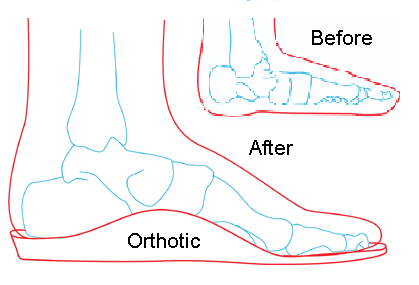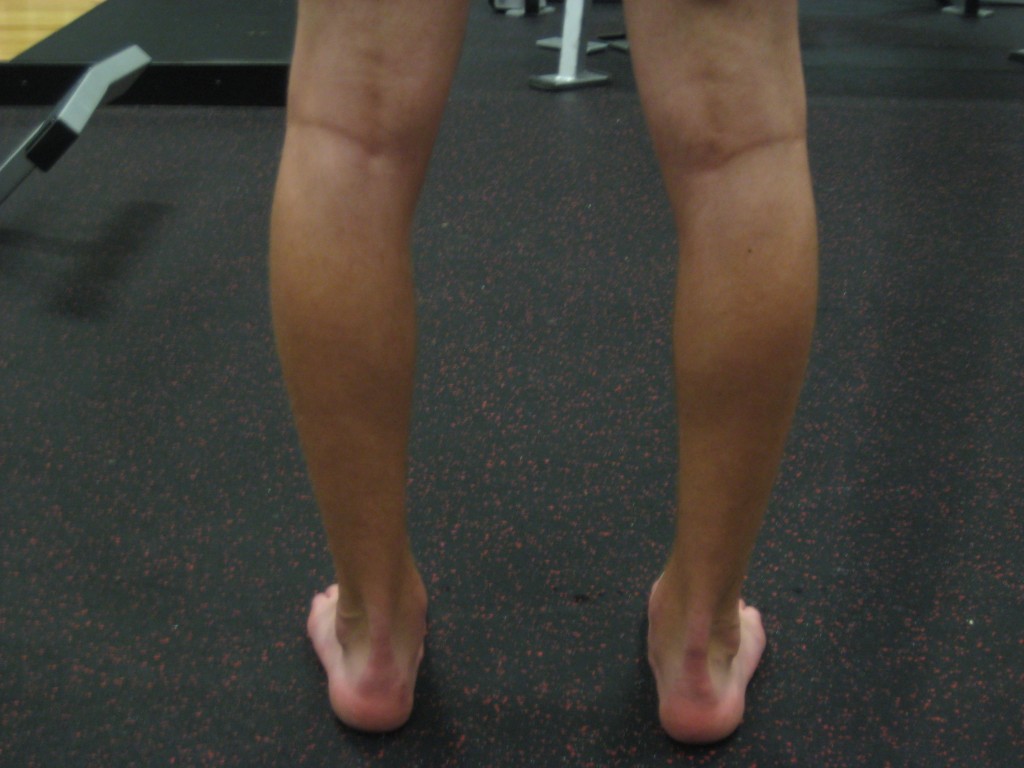topsltennis
Semi-Pro
Ok, so here's the deal.I almost never run. A sports med doc. told me a couple of years ago when visiting him about a sports hernia that given my flat feet and general wear and tear of many years of tennis that I should probably never run long distances.
Well I have basically followed that advice as I don't like to run anyway. However, a couple of times just trying to shake up my workout routine ( I play tennis everyday, but nothing else) I decided to take a 30 minute run or so and came back in severe pain. I ran today, literally for only 30 minutes. Not long after the outside of my knee to my hip started hurting really bad. I tried to hit tonight and literally could not move. The pain is horrible trying to go down stairs in our house. I have to go down them like an 80 yr old man. The weird thing is the pain is somewhat intermittent. At one point tonight while hitting tennis, took a 3 minute side break or so, came back on court and was pain free for a few minutes, and then all of a sudden, boom, it was back.
The strange thing to me is tennis everyday, no pain. As soon as I try to run, this happens. The last time it happened, it just went away after a few days.
Any thoughts would be appreciated.
Well I have basically followed that advice as I don't like to run anyway. However, a couple of times just trying to shake up my workout routine ( I play tennis everyday, but nothing else) I decided to take a 30 minute run or so and came back in severe pain. I ran today, literally for only 30 minutes. Not long after the outside of my knee to my hip started hurting really bad. I tried to hit tonight and literally could not move. The pain is horrible trying to go down stairs in our house. I have to go down them like an 80 yr old man. The weird thing is the pain is somewhat intermittent. At one point tonight while hitting tennis, took a 3 minute side break or so, came back on court and was pain free for a few minutes, and then all of a sudden, boom, it was back.
The strange thing to me is tennis everyday, no pain. As soon as I try to run, this happens. The last time it happened, it just went away after a few days.
Any thoughts would be appreciated.





